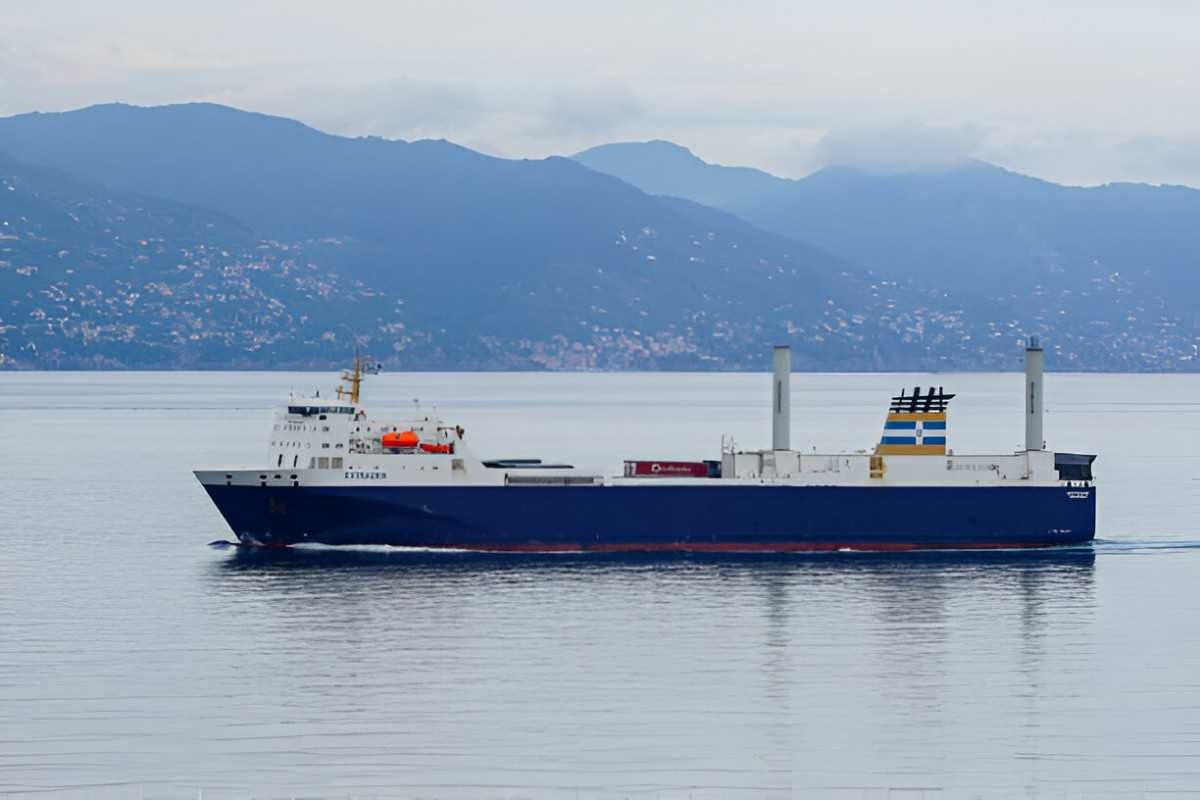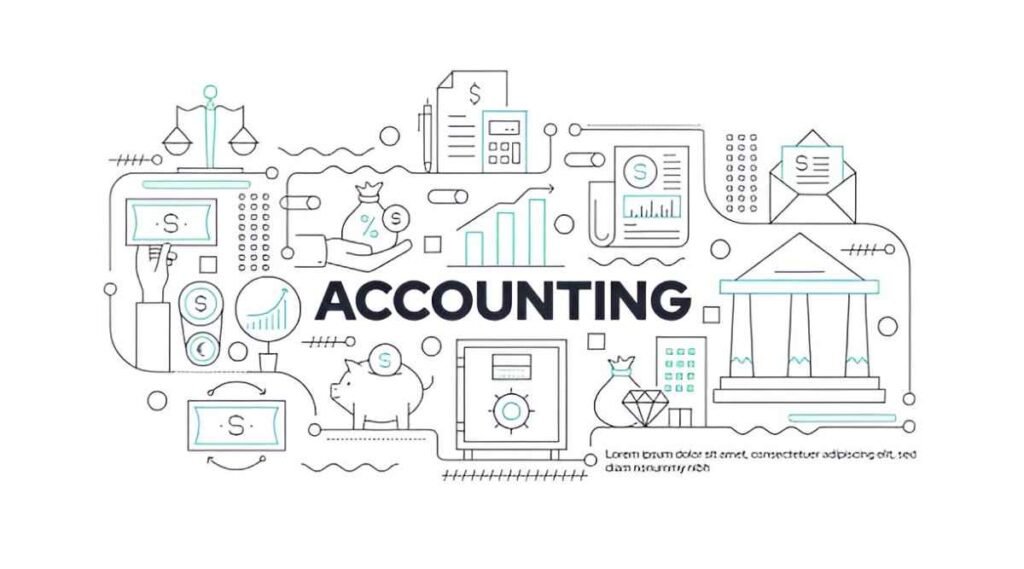Roll-On Roll-Off (Ro-Ro) ferries are a fascinating and integral part of global maritime transportation. As someone deeply immersed in the finance and accounting fields, I find the economics and operational efficiency of Ro-Ro ferries particularly compelling. In this article, I will explore what Ro-Ro ferries are, how they operate, and provide examples to illustrate their significance in modern logistics and trade. I will also delve into the financial and operational metrics that make these vessels a cornerstone of maritime commerce.
Table of Contents
What Are Roll-On Roll-Off Ferries?
Roll-On Roll-Off ferries, commonly referred to as Ro-Ro vessels, are designed to carry wheeled cargo such as cars, trucks, trailers, and railroad cars. Unlike traditional cargo ships, where goods are loaded and unloaded using cranes, Ro-Ro ferries allow vehicles to drive on and off the vessel using built-in ramps. This design significantly reduces loading and unloading times, making Ro-Ro ferries highly efficient for short- to medium-distance routes.
The concept of Ro-Ro ferries dates back to the early 20th century, but their popularity surged in the post-World War II era, driven by the need for faster and more efficient transportation of goods and vehicles. Today, Ro-Ro ferries are a critical component of global supply chains, particularly in regions with extensive coastlines or archipelagos, such as Europe, Southeast Asia, and the United States.
How Do Ro-Ro Ferries Operate?
The operational efficiency of Ro-Ro ferries lies in their design and loading mechanisms. Let me break down the key components of their operation:
1. Loading and Unloading
Ro-Ro ferries are equipped with ramps, either at the stern, bow, or sides, which allow vehicles to drive directly onto the vessel. This eliminates the need for cranes or other lifting equipment, reducing turnaround times at ports. For example, a typical Ro-Ro ferry can load 200 cars in under an hour, a task that would take significantly longer on a traditional cargo ship.
2. Cargo Capacity
The cargo capacity of a Ro-Ro ferry is measured in lane meters, which represent the total length of cargo lanes available on the vessel. For instance, a ferry with 2,000 lane meters can accommodate 200 cars, assuming each car occupies 10 meters of lane space. The formula to calculate cargo capacity is:
Cargo\ Capacity\ (lane\ meters) = Number\ of\ Vehicles \times Average\ Length\ per\ Vehicle3. Route Optimization
Ro-Ro ferries are often deployed on fixed routes, such as between mainland ports and islands or across narrow seas. Operators optimize these routes to minimize fuel consumption and maximize cargo throughput. For example, a ferry operating between Miami and the Bahamas might make two round trips per day, carrying a mix of passenger vehicles and commercial trucks.
4. Financial Considerations
From a financial perspective, Ro-Ro ferries offer several advantages. Their quick turnaround times reduce port fees and labor costs, while their ability to carry high-value cargo, such as new cars, ensures steady revenue streams. However, the initial capital investment in a Ro-Ro ferry can be substantial, with new vessels costing upwards of $50 million.
Examples of Ro-Ro Ferry Operations
To better understand the role of Ro-Ro ferries, let me provide a few real-world examples:
1. The U.S. Gulf Coast
The Gulf Coast is a hub for Ro-Ro ferry operations, particularly for the transportation of oil and gas equipment. Companies like Kirby Corporation operate specialized Ro-Ro vessels that transport heavy machinery and vehicles to offshore drilling sites. These ferries play a crucial role in supporting the region’s energy sector.
2. The Alaska Marine Highway System
The Alaska Marine Highway System is a state-operated ferry service that connects remote communities in Alaska. Ro-Ro ferries are used to transport everything from passenger vehicles to construction equipment, ensuring that these isolated regions remain connected to the mainland.
3. International Trade
Ro-Ro ferries are also vital for international trade. For example, the Port of Baltimore handles millions of tons of Ro-Ro cargo annually, including automobiles and agricultural equipment. These ferries facilitate the efficient movement of goods between the U.S. and global markets.
Financial and Operational Metrics
To evaluate the performance of Ro-Ro ferries, I rely on several key metrics:
1. Revenue per Lane Meter
This metric measures the revenue generated per unit of cargo capacity. For example, if a ferry generates $1 million in revenue from 2,000 lane meters, the revenue per lane meter is:
Revenue\ per\ Lane\ Meter = \frac{Total\ Revenue}{Cargo\ Capacity}2. Fuel Efficiency
Fuel efficiency is critical for Ro-Ro ferries, as fuel costs can account for up to 50% of operating expenses. The fuel efficiency of a ferry can be calculated using the formula:
Fuel\ Efficiency\ (tons\ per\ nautical\ mile) = \frac{Fuel\ Consumption}{Distance\ Traveled}3. Turnaround Time
Turnaround time is the duration a ferry spends in port loading and unloading cargo. Shorter turnaround times increase the number of trips a ferry can make, boosting revenue. For example, a ferry with a turnaround time of 4 hours can make 6 trips per day on a 24-hour schedule.
Challenges and Future Trends
While Ro-Ro ferries offer numerous advantages, they also face challenges. Rising fuel costs, environmental regulations, and competition from other modes of transportation are significant concerns. However, advancements in technology, such as hybrid propulsion systems and autonomous navigation, are poised to address these challenges.





